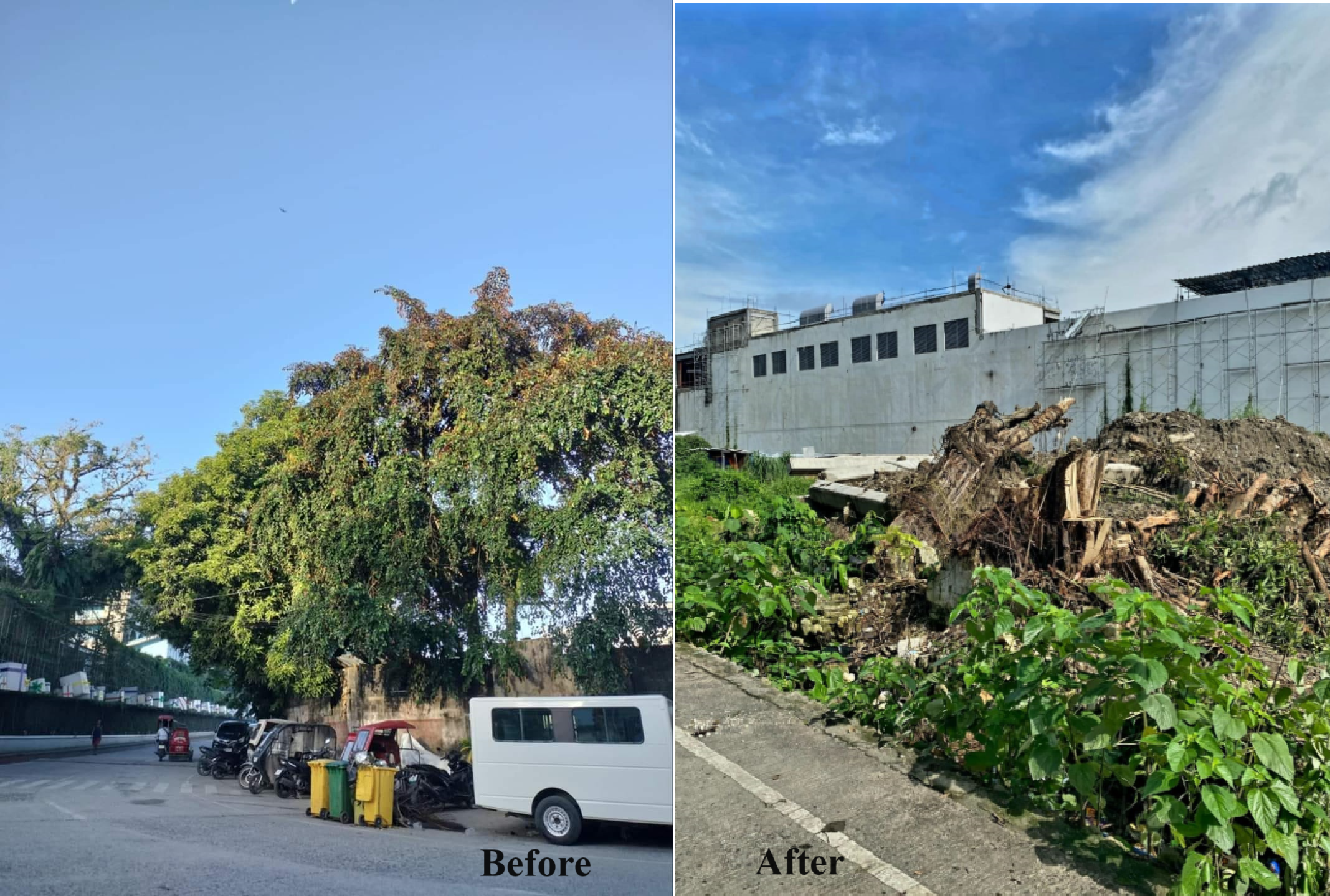The seriousness of any local government unit (LGU) in the Philippines can be gauged by the details of their policies and plans, particularly concerning environmental sustainability. Many LGUs have extended the provisions stipulated in the existing National Building Code of the Philippines (NBCP) and the Green Building Code of the Philippines (GBCP) to better address contemporary challenges such as climate change and urbanization.
For instance, the NBCP does not specify the type of green space that should be allocated for every building erected or how much of the land area should be devoted to the building versus open space. This lack of specificity often results in planners exploiting loopholes to bypass more stringent requirements. The GBCP, which serves as a referral code, mandates sustainable practices primarily for large developments, leaving smaller projects exempt. However, the cumulative impact of numerous small projects can be significant, highlighting a gap in the current regulations.
Progressive LGUs have addressed these gaps by passing laws that mandate a certain portion of land to be reserved for green spaces. For example, Quezon City requires 10% of the land area to be dedicated to green spaces with plants and trees, while Makati mandates that 20% of the open space in new developments must be green.
 Contrastingly, Catbalogan City provides an example of neglecting sustainability. Recently, a 2.5-hectare sports center, which had over 70% green space, was converted into a commercial center with a mall, convention center, and office buildings. The remaining ground is slated to be paved, eliminating the green grass and trees that once provided environmental benefits. This action, taken without local ordinances to protect green spaces, demonstrates a lack of commitment to sustainability and environmental protection.
Contrastingly, Catbalogan City provides an example of neglecting sustainability. Recently, a 2.5-hectare sports center, which had over 70% green space, was converted into a commercial center with a mall, convention center, and office buildings. The remaining ground is slated to be paved, eliminating the green grass and trees that once provided environmental benefits. This action, taken without local ordinances to protect green spaces, demonstrates a lack of commitment to sustainability and environmental protection.
Such developments increase the risk of urban heat island effects and exacerbate flooding by reducing areas that absorb runoff water. These actions contradict the city's claims of environmental stewardship and highlight the need for stricter local regulations.
Furthermore, there are potential violations of policies regarding the illegal cutting of trees. Before any tree is cut, permits must be secured, especially for century-old trees, which are protected by law. Penalties for illegal tree cutting include fines and imprisonment, as outlined in several laws:
- Presidential Decree No. 705: Fines range from PHP 500 to PHP 20,000 and imprisonment from six months to two years.
- Republic Act No. 3571: Imprisonment from six months to two years, with fines determined by the court.
- Republic Act No. 9175: Imprisonment from six years and one day to eight years, and fines from PHP 30,000 to PHP 50,000.
However, the Department of Environment and Natural Resources (DENR) often shows a lackluster implementation of these laws. Frequently, violations go unaddressed until a formal complaint is filed, despite visible breaches of environmental regulations.
The commitment of an LGU to sustainability and environmental protection is evident in the rigor and enforcement of its policies. Ensuring compliance with environmental laws, protecting green spaces, and addressing illegal activities proactively are crucial steps towards creating a sustainable urban environment. For LGUs to truly champion sustainability, they must not only draft comprehensive policies but also rigorously enforce them, setting an example for responsible and sustainable urban development.
